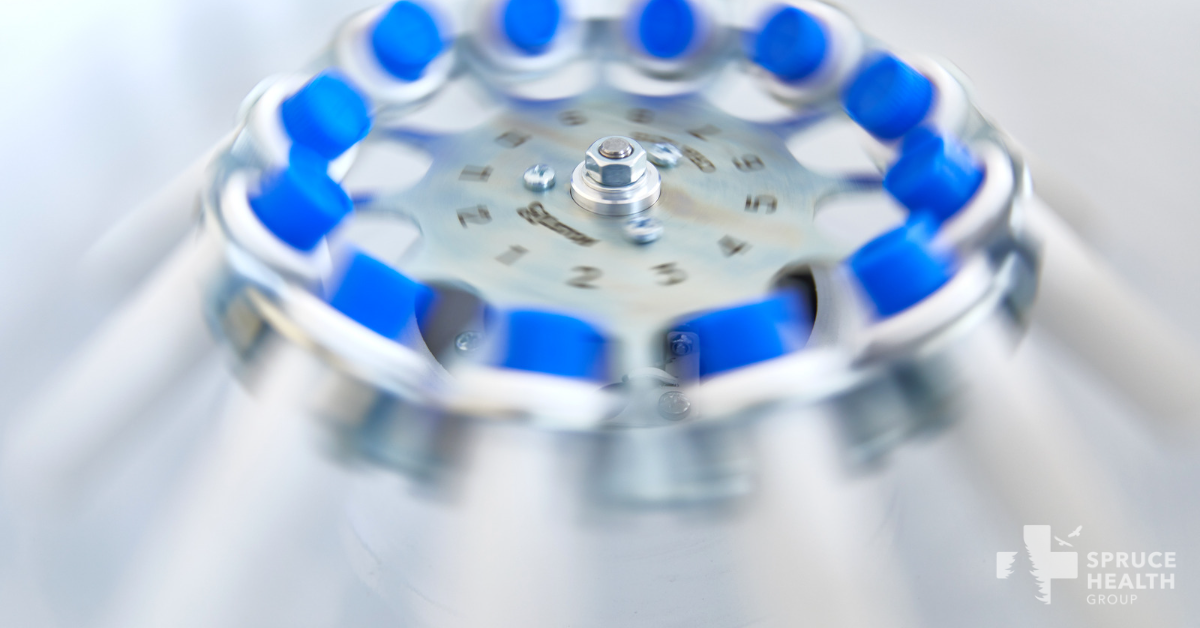Joint pain caused by osteoarthritis, how well does Platelet Rich Plasma (PRP) work for it?

Platelet Rich Plasma (PRP) has been around since the early 1970s but it really began gaining more widespread popularity in the 2000s. It continues to gain momentum as a mainstream medical treatment, being used for chronic joint pain, healing of wounds, sports injuries to muscles, tendons, and ligaments as well as cosmetically for facials and hair growth.
The number of injections or treatments for each of these health issues varies greatly based on the type of technology used in the acquisition of the blood/plasma and the tools used in the application of the Platelet Rich Plasma. Other factors that cause this wide spectrum of results are the variance in the significance of any particular condition, and the patient themself from whom the blood/plasma has been drawn. So, although PRP is a very successful treatment, the results are not guaranteed and it does not work for everyone.
Platelet Rich Plasma injections are not recommended for acute injuries because these injuries will likely heal of their own accord and minimal benefits are realized. On the other side of the spectrum, patients who are in the very advanced stages of a chronic condition would be poor candidates as well for these highly touted results. Although these patients are likely to receive some benefits from PRP injections, the level of resolution and duration of the success will be highly variable from individual to individual and they are most likely going to require a higher number of treatments to yield acceptable results. Thus, Platelet Rich Plasma has been found to be most successful in relatively new chronic injuries or wounds where there is a decrease in blood flow to the area and the healing process has been slowed, inhibited, or stalled. These patients are often left with only surgical or heavy pharmaceutically oriented solutions to their problems.
The effectiveness of PRP lies in the high protein content of the plasma and the growth factors that are contained within the platelets. These two items in the highly concentrated PRP trigger cell reproduction and stimulate tissue regeneration of the injured area, speeding up the healing process.
As Platelet Rich Plasma therapy gains popularity and we as healthcare consumers demand more effective medical treatments, more studies will be done to prove the effectiveness of PRP. This will in turn lead to commercial insurance picking up the bill for these treatments. TRICARE in Colorado has taken the lead in this area and PRP is an acceptable treatment. If you would like to discuss treatment opportunities for your chronic musculoskeletal issues / joint pain, please do not hesitate to contact us directly at Spruce Health Group.
Categories: General, Healthy Knee Protocol, Total Joint Care
Tags: joint pain, osteoarthritis
